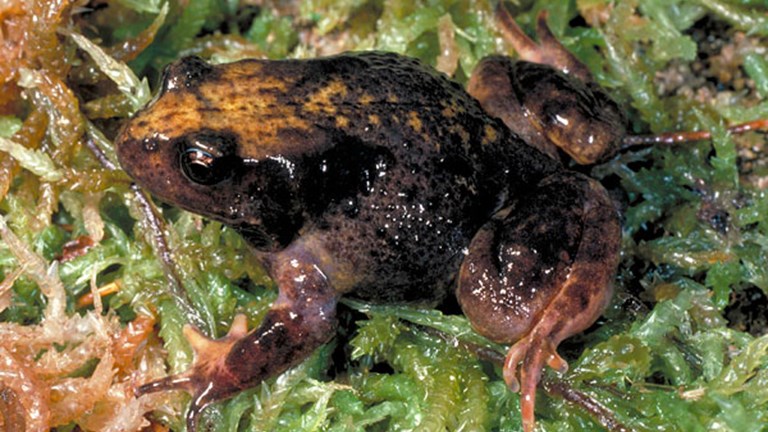
Baw Baw Frog
Philoria frosti
Agrotis infusa
Bogong Moths are often very abundant but this varies from year to year. Their migratory behaviour makes it difficult to monitor populations. There is some concern about the moths accumulating arsenic in their bodies while feeding in the lowlands, then carrying it into fragile alpine ecosystems. Furthermore, the caterpillars are crop pests and millions are destroyed by pesticides each year
Bogong Moths
Bogong Moths are found across much of south-eastern Australia. They breed in hot, dry areas then migrate to alpine caves.
The annual migration of Bogong Moths begins in their winter breeding grounds in the Darling Downs of Queensland and the dry inland regions of New South Wales and Victoria. Here the females deposit around 2000 eggs and the larvae (or caterpillars) feed and develop. The caterpillars are known as cutworms because they chew through plant stems at ground level. They eat a variety of plants, including introduced crops.
The larvae pupate in the ground and emerge in early spring to begin their migration. Adult Bogong Moths are grey-brown with dark mottles and eye spots. Their drab colouring provides good camouflage for hiding in crevices during the day. At dusk they become active, and fly through the night. They feed on nectar to build up fat reserves that sustain them over summer.
Arriving around November, Bogong Moths cover the walls of alpine caves over summer – up to 17 000 moths in one square metre. They create a massive influx of high-fat, high-protein food to alpine ecosystems and are feasted upon by marsupials. For thousands of years they were also harvested by Indigenous people, who roasted them whole.
Those that survive summer fly back to breeding grounds in autumn to start the cycle again. Bogong Moths are attracted to lights and are a common sight around buildings in Canberra, Sydney and Melbourne.

Philoria frosti
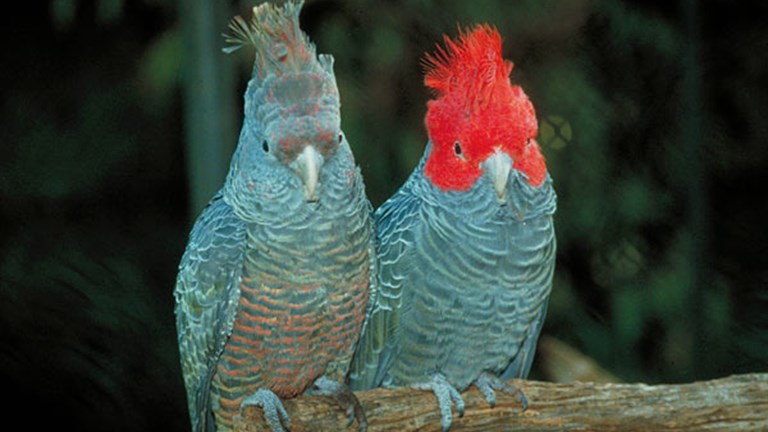
Callocephalon fimbriatum
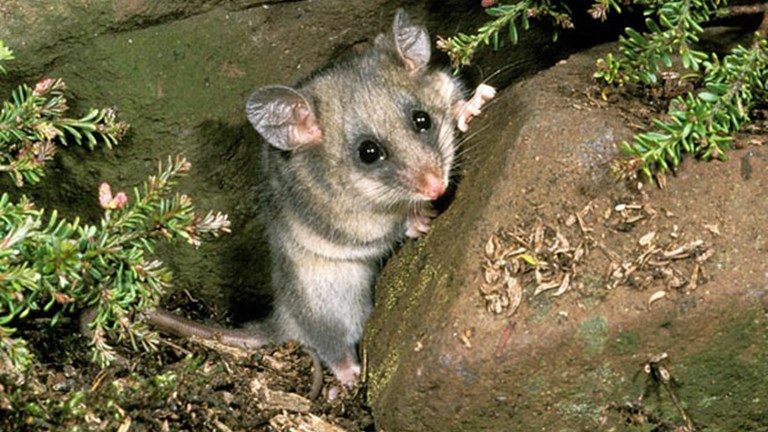
Burramys parvus
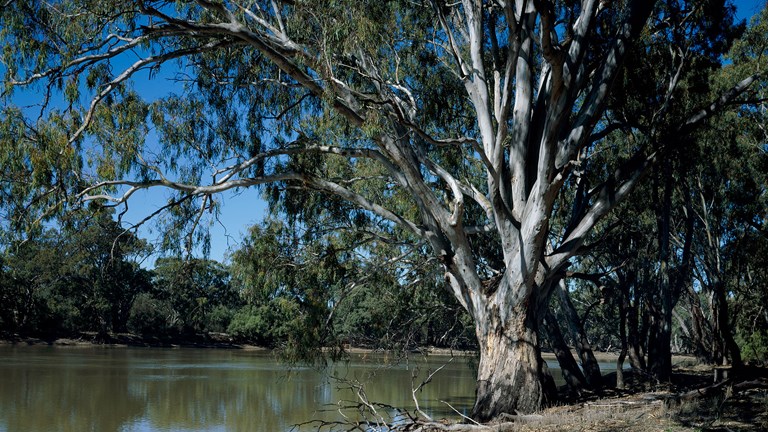
There are many types of dry forests in Victoria including stringybark, red gum, grassy woodlands and the remnants of the once great box–ironbark forests.
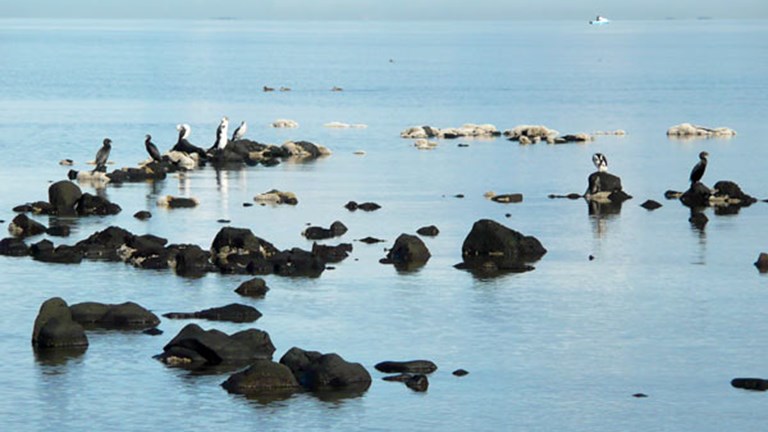
Victoria’s coastal wetlands are significant places for wildlife, with many listed in international conventions to protect the habitat of migratory birds.
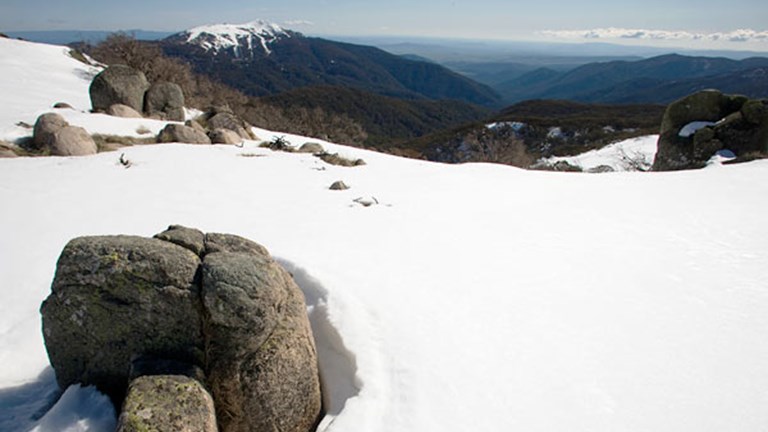
The Victorian Alps extend from the plateaus of Lake Mountain and Mt Baw Baw to peaks such as Mt Feathertop and the headwaters of the Murray River.
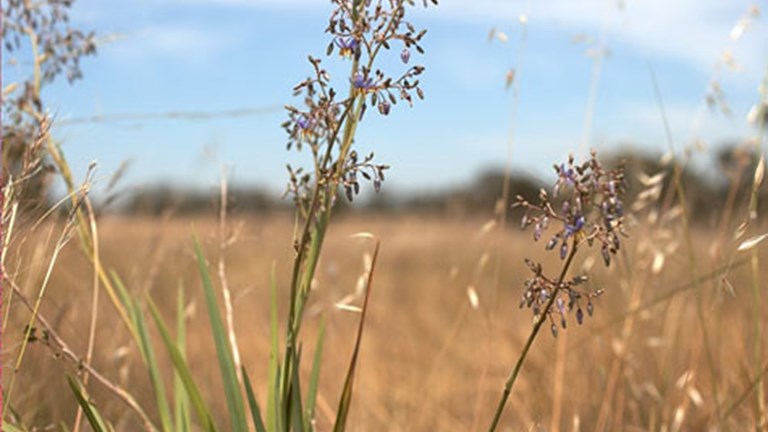
When the first Europeans arrived in Victoria there were grasslands on the vast, undulating western plains, on the northern plains and in Gippsland.
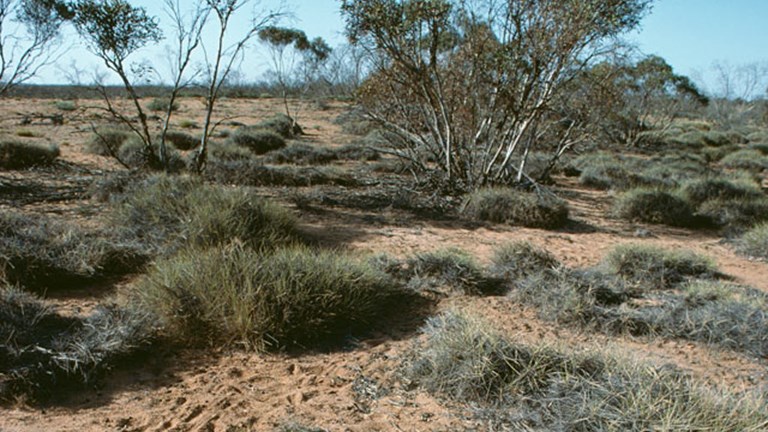
The Victorian Mallee in the north-western corner of the state has a mosaic of vegetation types adapted to low rainfall and sandy soils.
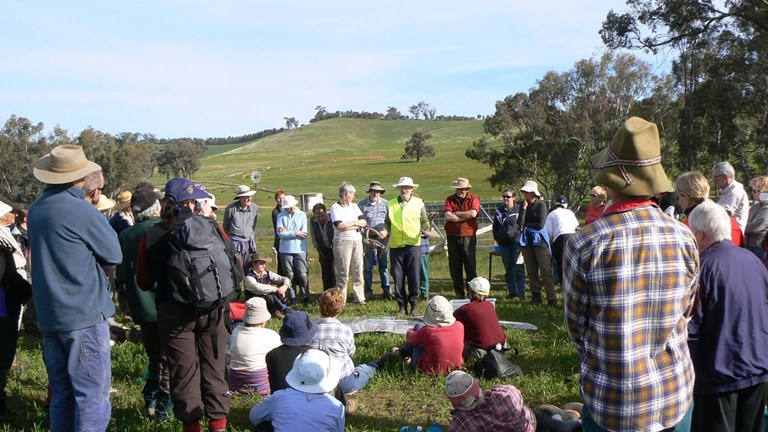
Find out about the issues affecting our special places and the plants and animals that live in them, and discover some ways you can help.
Museums Victoria acknowledges the Wurundjeri Woi Wurrung and Boon Wurrung Bunurong peoples of the eastern Kulin Nations where we work, and First Peoples across Victoria and Australia.
First Peoples are advised that this site may contain voices, images, and names of people now passed and content of cultural significance.